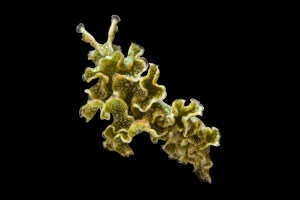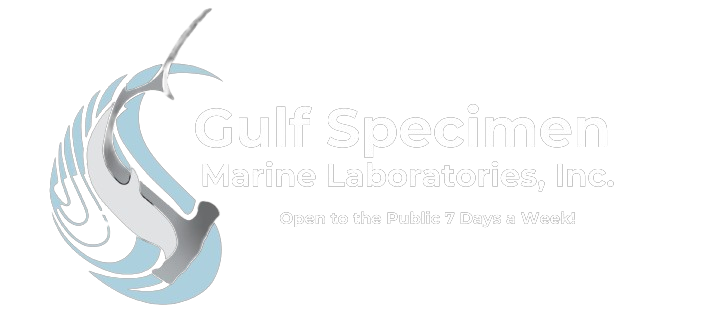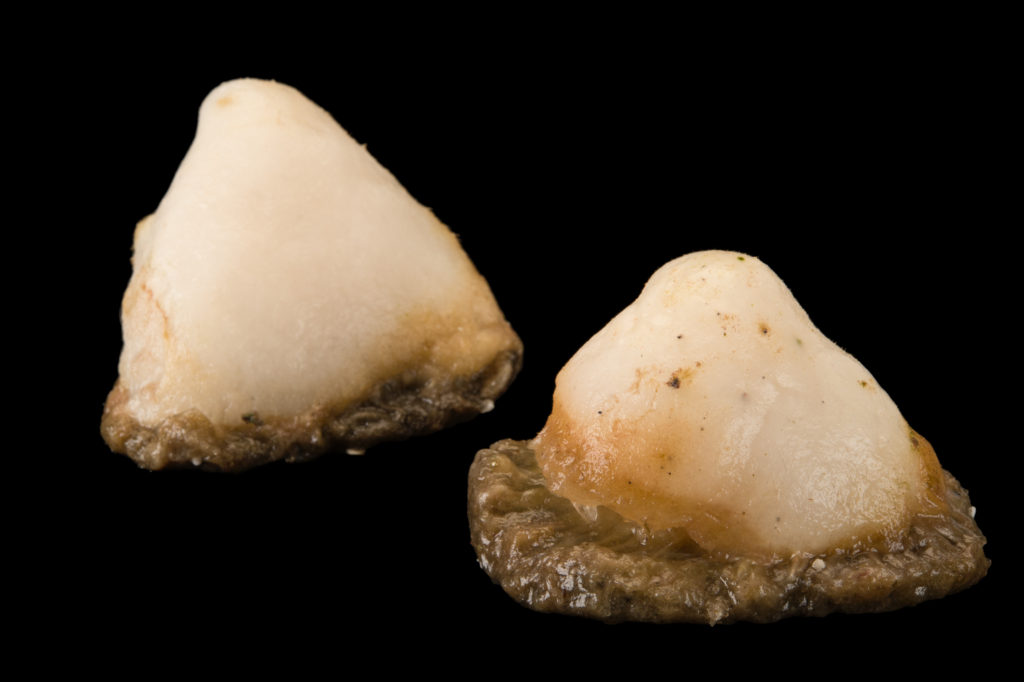Mollusca

The creeping foot, the unsegmented body and shell secreting mantle are brought to life in the mollusk. Spirals of the shell, created by mantle secretions fascinate the eye. Bivalves, clams, oysters and mussels sit peacefully on the bottom filtering single celled algae from the water, while ravaging whelks seek them out with predatory intent. With a drilling radula that would put a dentist’s drill to shame, boring snails rasp through the shells of other gastropods. Meanwhile, segmented chitons cling peacefully to rocks and shells, while ancient scaphopods dig their way down into the sand. With splendor of color and diversity of form, nudibranchs, snails without shells, glide by partaking of anemones and hydroids. Undulating gracefully, soft bodied sea hares that exude ink only when disturbed scrape green and red filamentous algae from the aquarium glass.
- AS-22 MOLLUSK ASSORTMENTS:
- Included are chitons, clams, mussels, whelks, snails, and nudibranchs. When abundant, scaphopods and/or frilled sea hares may be included.
- Small Assortment: $135.00
- Medium Assortment: $191.00
- Large Assortment: $270.00
$135.00 – $270.00
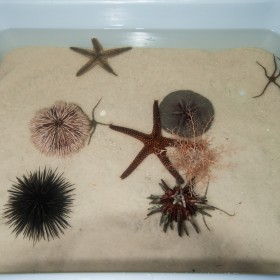
$135.00 – $270.00
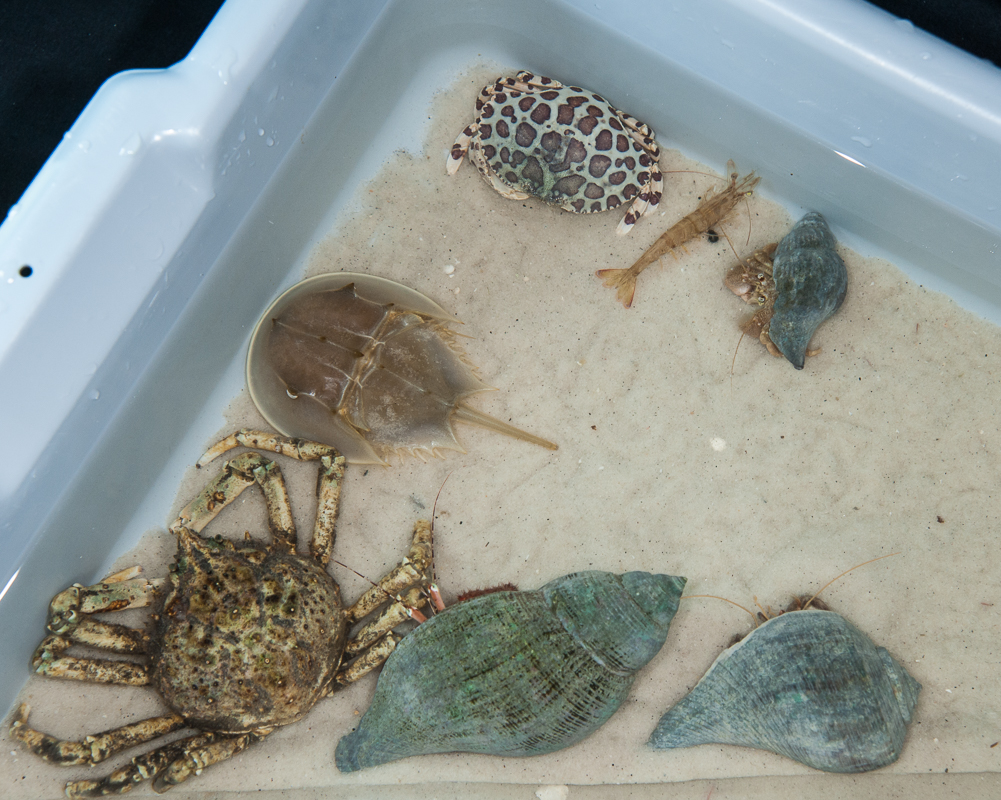
$135.00 – $270.00
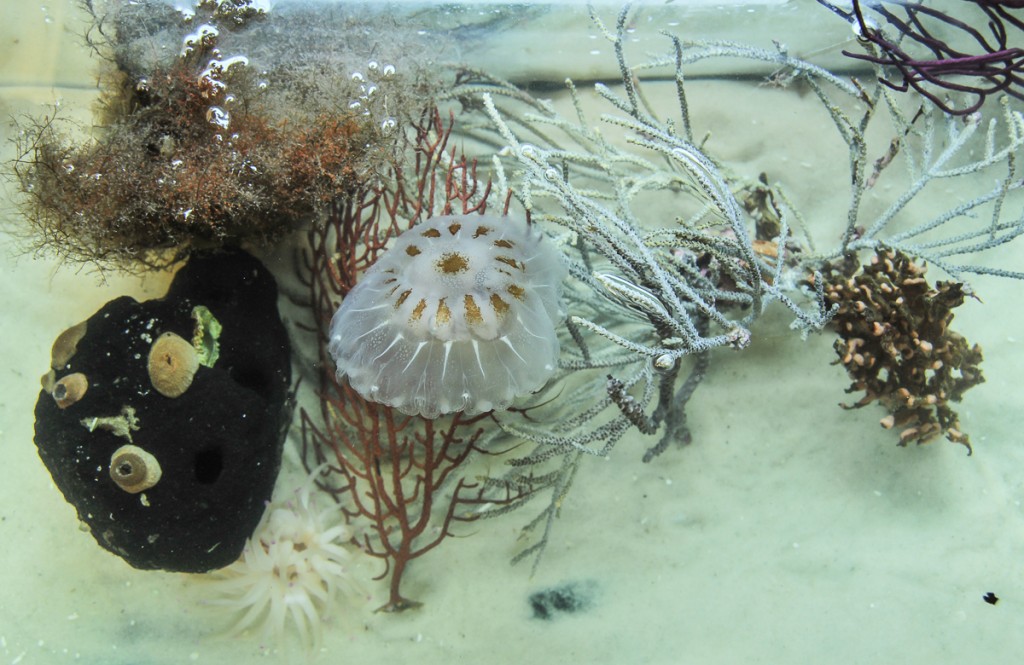
$135.00 – $270.00
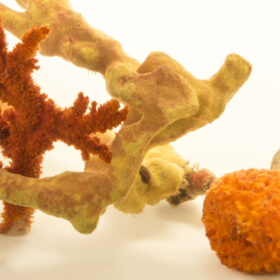
- Included are chitons, clams, mussels, whelks, snails, and nudibranchs. When abundant, scaphopods and/or frilled sea hares may be included.
$135.00 – $270.00
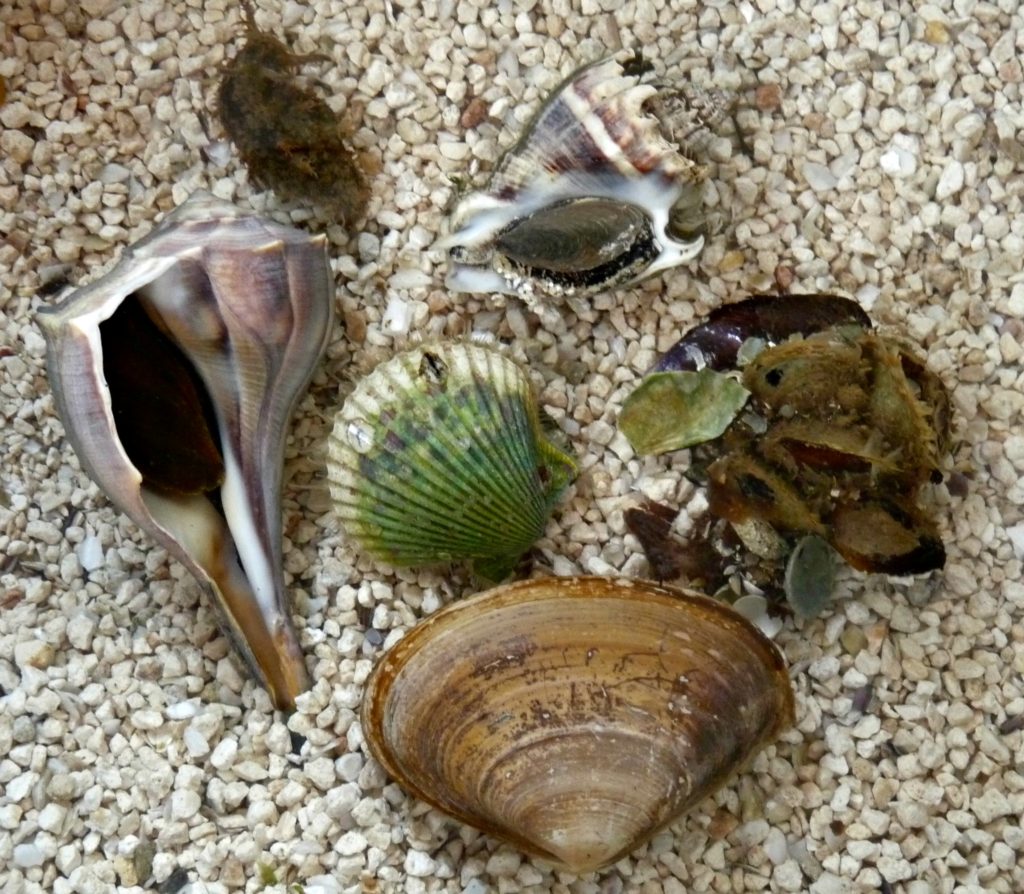
$99.00 – $129.50

$135.00 – $216.50
$135.00 – $191.00
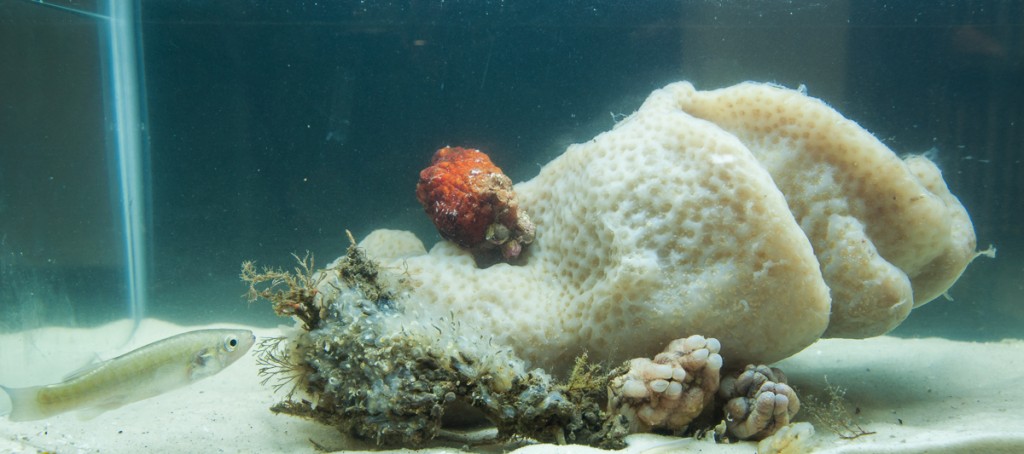
$135.00 – $270.00
Arius felis
Each Dozzen small ---123
Each Dozzen small ---123
Each Dozzen small ---123
Each Dozzen small ---123
$22.50
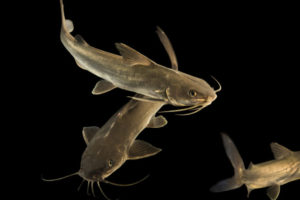
Hardhead sea catfish (Arius felis)
Spheroides nephelus
$25.50
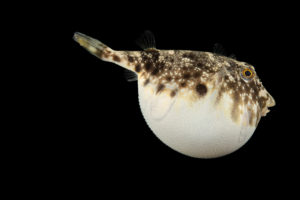
Southern puffer (Spheroides nephelus)
Lactophrys tricornis
$25.50
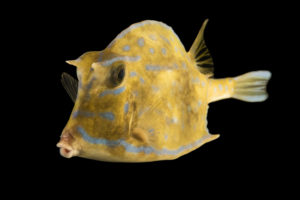
A cowfish (Lactophrys tricornis)
Balistes capriscus
$80.50
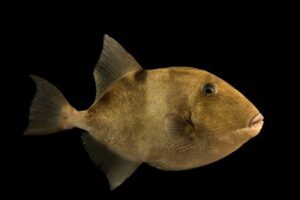
Grey triggerfish (Balistes capriscus) at Gulf Specimen Marine Lab and Aquarium.
Monacanthus hispidus
$13.00 – $17.00
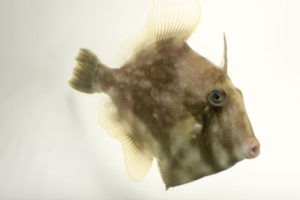
Gobiesox strumosus
$24.50
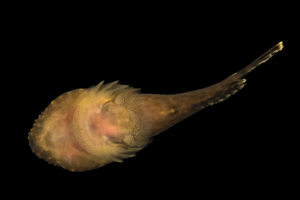
Clingfish or skilletfish (Gobiesox strumosus)
Symphurus plagiusa
$20.00
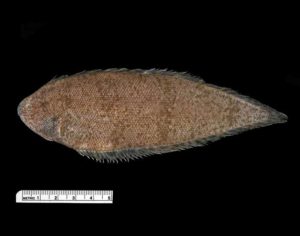
Trinectes maculatus
$22.50
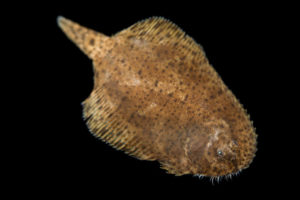
Hogchoker (Trinectes maculatus)
Paralichthys oblongus
$22.50
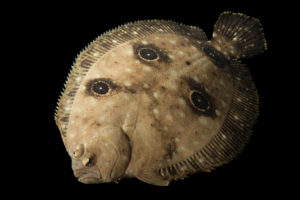
Four-spotted flounder (Paralichthys oblongus)
Paralichthys albigutta
$21.50 – $34.50
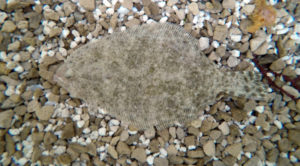
Mugil cephalus.
$22.50
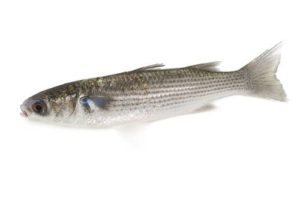
Serranus subligarius
$31.50

Belted sandfish (Serranus subligarius)
Chasmodes saburrae and other species
$17.00
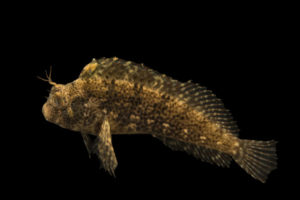
Feather blennie (Hypsoblennius henzi)
Halichoeres bivittatus
$17.50
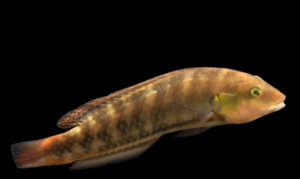
Green wrasse (Halichoeres bivittatus) at Gulf Specimen Marine Lab in Panacea, FL.
Prionotus scitulus, P. tribulus
$25.50

Bighead searobin (Prionotus tribulus)
Scorpaena brasiliensis
$29.00
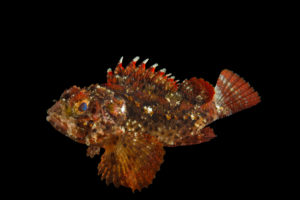
A scorpionfish (Scorpaena brasiliensis)
Chaetodipterus faber
$45.00 – $56.50

Atlantic spadefish (Chaetodipterus faber)
Diplodus holbrookii
$14.00

Lagodon rhomboides
$14.00
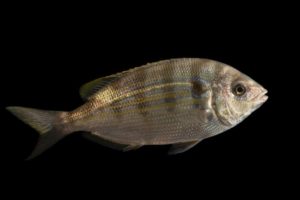
Lagodon rhomboides
$17.00
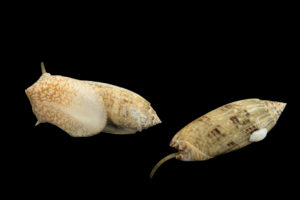
$24.50 – $49.00
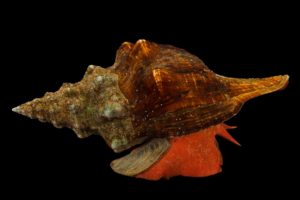
$34.00

$24.50 – $37.50
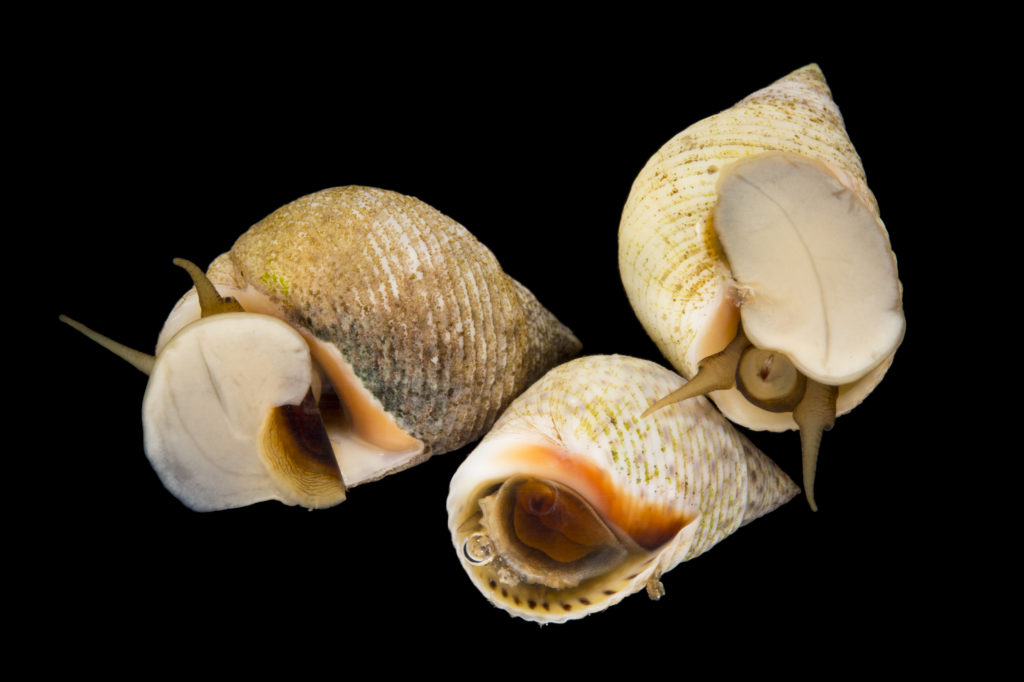
$32.00

$32.00

$40.00
